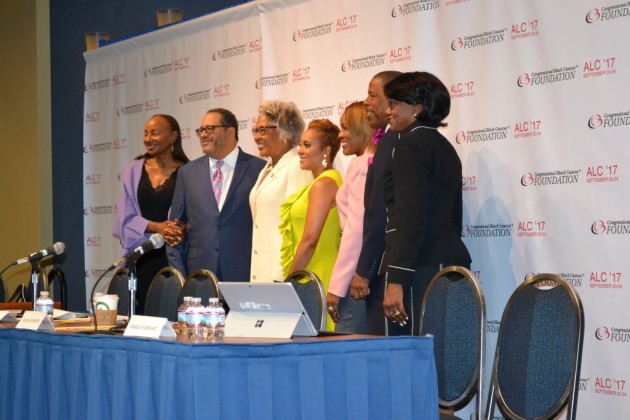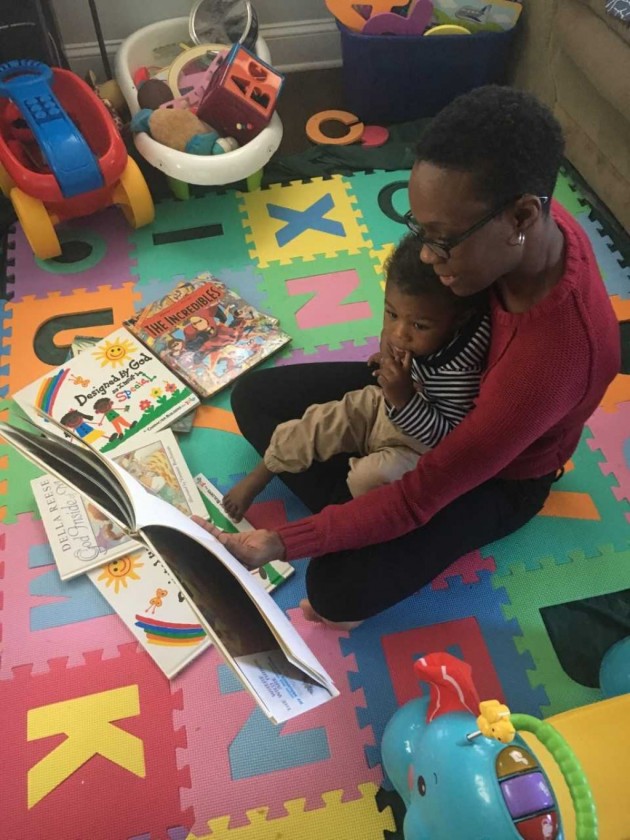The pressures of college include academics, peer-pressure, and “party life” which entails dancing, drinking, and drugs. Some of the activities that take place in the “party-life” result in students creating problems on campus and in their personal lives. According to cnn.com, 1400 alcohol-related deaths occurred on college campuses.
Predominately white and black campuses both have students that drink alcohol and use other drugs but the amount of drunk driving accidents and alcoholic students are reported at a higher rate on white campuses.
According to Harold Ford, a counselor at Florida A&M, drinking and drug use on their campus is not a big problem. He also says,
“There are no establishments on campus like at Florida State University….we do not have a problem like at predominately white schools.”
According to Georgetown University students if they are caught with alcohol they have to pay a fine of $25.00 and write a paper.
Whereas on historical black college campuses students are not permitted to have alcohol or drugs in the dorms or the student will be dismissed from the dorm and could suffer other penalties such as being expelled from the university.
Harold Ford says that drinking is not a big problem on his campus but when speaking with students from other black college campuses they oppose his beliefs.
Tennessee State University student, Aaron Jolly says, “People drink everyday. There are rules but everybody breaks them.”
The administration at TSU has not made special alcohol- free dorms because they are unaware of the magnitude that the students are drinking.
Darryl Moncrease of Wilberforce University says, “Drinking doesn’t cause much problems but people do drink a lot.”
Students on HBCU campuses see their peers drink excessively, but administrators are oblivious to the amounts of alcohol and drugs that students in-take.
HBCU campuses have not had as many deaths, accidents, or other major problems that white campuses have had, but does that mean that the problem of alcohol and drug use is still not a threat?


